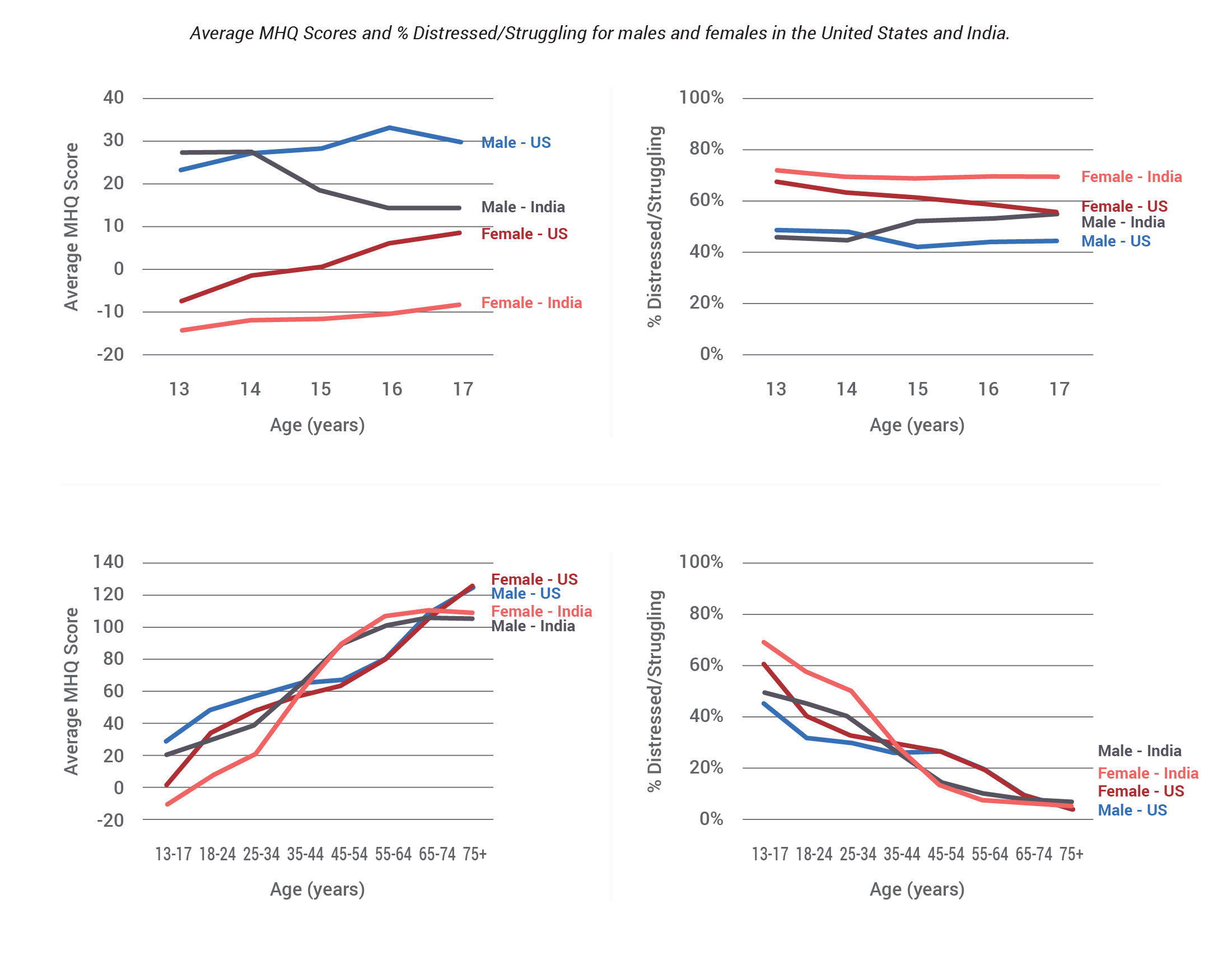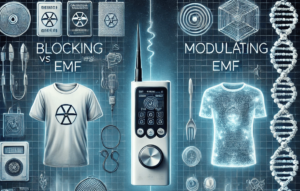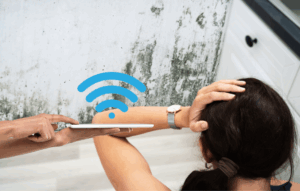A growing body of evidence is drawing a direct line between early smartphone use and worsening mental health outcomes in teenagers. Recent studies, including a comprehensive report from Sapien Labs, reveal troubling trends in aggression, hallucinations, emotional instability, and even suicidal ideation among adolescents, with girls being disproportionately affected.
Based on data collected from over 10,000 teens in the U.S. and India, researchers have found that the earlier a child receives a smartphone, the more likely they are to experience severe psychological symptoms. This issue raises serious concerns for parents, educators, and health professionals alike.
Generational Decline in Mental Wellbeing Among Adolescents
Today’s teens are facing mental health challenges at levels we haven’t seen before. This section explores how the wellbeing of younger generations is declining compared to their predecessors—and why it matters more than ever in our screen-saturated world.
Teens Today Report the Poorest Mental Health on Record

Where older generations once showed a U-shaped mental health curve—with wellbeing highest in youth and old age—today’s youth are experiencing a steep decline. According to the Global Mind Project, adolescents aged 13-17 now report the lowest levels of mental well-being across all age groups.
This trend is especially stark among girls. Data from Sapien Labs shows that 65% of adolescent females are considered distressed or struggling in ways that significantly impair their daily functioning. These numbers are not just reflective of stress but suggest widespread, clinically significant mental health issues.
Hallucinations, Detachment, and Increased Suicidal Ideation
The research indicates that nearly half of teens feel detached from reality. Over half report being burdened by intense sadness, anxiety, and guilt that disrupt their everyday lives. Alarmingly, about 37% of teens reported suicidal thoughts, and around half experienced unwanted, disturbing thoughts that they found difficult to manage.
Younger adolescents, particularly 13-year-olds, were found to experience higher rates of anger, hallucinations, and irritability compared to older teens. These findings suggest that mental health challenges may be worsening with each successive generation, particularly when smartphones are introduced at an early age.
Smartphone Use as a Key Contributor to Mental Health Decline
Smartphones have become ubiquitous in modern life, but their presence in the hands of adolescents raises growing concerns. Mounting evidence suggests that the earlier a teen receives a smartphone, the more likely they are to face mental health challenges—ranging from emotional instability to cognitive impairment. This section explores how the timing and intensity of smartphone use may be contributing directly to the alarming rise in psychological distress among youth.
Earlier Smartphone Ownership Correlates With Higher Psychological Distress
The most striking finding of the Sapien Labs report is the correlation between early smartphone ownership and deteriorating mental health. Teens who received their first smartphone before age 11 consistently showed higher levels of aggression, anger, and emotional instability.
Statistical modeling in the report found that age-related differences in mental health symptoms essentially disappeared when researchers controlled for the age of first smartphone use. This implies that earlier exposure to smartphone use, rather than age itself, is driving negative mental health outcomes.
Disrupted Social Development and Sleep Deprivation
Smartphones, while often praised for their utility, can displace essential developmental activities. Hours spent scrolling online often replace meaningful in-person interactions, recreational play, and sleep—all of which are crucial for developing emotional resilience, social intelligence, and healthy circadian rhythms.
Exposure to violent, inappropriate, or overstimulating content may further affect a child’s perception of reality and increase emotional reactivity. The more time teens spend in digital spaces, the less time they spend learning how to communicate, resolve conflicts, and build empathy in real-world situations.
The Overlooked Role of Wireless Radiation in Teen Mental Health
In addition to psychological and behavioral factors, there is increasing concern about the biological effects of electromagnetic radiation (EMR) emitted by smartphones. Wireless devices expose users to radiofrequency (RF) radiation, which may impact cognitive development and neurological function, especially in children and adolescents.
W. Scott McCollough, lead litigator for Children’s Health Defense, emphasized that the Sapien Labs report neglected to address the physiological effects of EMR. However, a growing body of scientific literature has examined this risk.
Peer-Reviewed Evidence on EMR and Teen Health
A 2005 peer-reviewed study found that RF radiation impaired memory capacity and altered brain cell structures in young users.
A 2015 study reported significant deficits in learning and spatial memory due to RF exposure.
The previously mentioned 2005 study highlighted risks including impaired sleep, fatigue, damage to the blood-brain barrier, and long-term concerns such as increased brain tumor risk.
Comprehensive Review: Additional Expert Insights on Wireless Technology and Child Development
A 2023 peer-reviewed study titled “Wireless technologies, non-ionizing electromagnetic fields and children: Identifying and reducing health risks” by Devra Davis and colleagues underscores these concerns. According to the authors, children today are surrounded by wireless radiation in a way that no prior generation has experienced.
The study points out that current exposure standards—set in 1996 to protect against tissue heating—have not been updated to account for non-thermal biological effects. These include impacts on reproduction, chronic illness development, neurological function, and more. Children’s developing bodies and brains are especially vulnerable.
The research team found that:
Early exposure to screens may delay language development and bonding, especially when parents use devices as digital babysitters.
Older children report feeling emotionally neglected due to “technoference,” the distraction of parents by their own device use.
Children may become addicted to screens both physically and psychologically, with withdrawal symptoms upon reduced use.
They advocate for a pediatric approach that minimizes exposure using the ALARA principle (As Low As Reasonably Achievable), particularly in schools and health care settings. The study also calls for independent, long-term research and regulation to assess the evolving impact of technology on child health.
Escalation in Aggressive Behavior and Emotional Dysregulation
The sharp rise in teen aggression and emotional dysregulation is a growing concern that transcends personal well-being and touches the very fabric of society. When smartphones are introduced too early in life, their constant stimulation and digital feedback loops can disrupt the development of impulse control, emotional maturity, and conflict resolution skills.
According to the Sapien Labs report, female adolescents are experiencing a particularly steep climb in irritability, social conflict, and emotional volatility. These are not minor personality quirks—they are emerging trends that suggest deeper neurological and psychosocial disruptions.
This escalation is concerning for several reasons:
Increased Risk of Violence: Early exposure to digital content has been associated with rising aggression and even violent ideation in teens.
Poor Emotional Regulation: Teens immersed in reactive, dopamine-driven environments struggle to manage stress, disappointment, or social conflict.
Strained Relationships: Emotional instability often leads to breakdowns in family communication, reduced empathy, and social withdrawal.
Social Fragmentation: A generation growing up with digital dependencies and impaired emotional literacy may struggle to sustain healthy communities.
As these teens enter adulthood, they bring with them behavioral patterns shaped by overstimulation and undernourished real-world interaction. Left unaddressed, these issues can contribute to societal challenges such as:
Increased rates of mental illness and addiction
Rising school violence and disciplinary issues
Decreased workforce adaptability due to poor interpersonal skills
Greater healthcare burdens from long-term psychological distress
The takeaway is clear: we’re not just seeing changes in teen behavior—we’re witnessing the early stages of a generational crisis. By addressing these consequences now, we can redirect the trajectory and foster a healthier, more emotionally grounded future society.
Parental Guidelines: Strategies to Support Teen Mental Health
Parents are not powerless in the face of rising mental health challenges among teens. With clear boundaries, proactive education, and conscious tech choices, they can protect and empower their children to thrive in both the digital and real world.
1. Delay Smartphone Ownership
The most impactful recommendation from researchers is to delay smartphone ownership until at least the 8th grade or age 13. Allowing children more time to develop offline social and emotional skills can significantly reduce the risks associated with early smartphone use.
2. Implement Technology Boundaries at Home
To foster healthier relationships with technology, parents can establish the following boundaries:
Prohibit phones in bedrooms overnight
Designate daily screen-free times for meals and family activities
Use apps and settings that monitor or limit screen time
Encourage outdoor play, work, team sports, reading, and face-to-face socialization
3. Reduce EMR Exposure With Safe Tech Practices
Protecting children from EMR exposure is also critical. Here are practical strategies:
Use wired headphones instead of Bluetooth earbuds
Enable airplane mode when not actively using the phone
Store phones away from the body, particularly during sleep
Avoid phone use in enclosed metal environments like cars
Invest in scientifically backed EMF protection tools such as those from Aires
A Balanced Approach to Digital Health
Technology is not inherently harmful. When used appropriately and with boundaries, it can be a powerful tool for education, creativity, and communication. However, unregulated and early exposure—especially without adequate adult guidance—can have lasting consequences for mental and emotional development.
Parents, educators, and policymakers have a crucial role to play in reshaping the digital landscape for younger generations. By staying informed, setting limits, and advocating for safer tech design, we can promote a healthier future for our children.
Conclusion: Proactive Parenting in the Digital Era
As digital technology continues to evolve, so must our approach to safeguarding youth mental health. The evidence is clear: early and excessive smartphone use is associated with alarming declines in teen mental health, behavioral regulation, and emotional resilience.
By delaying access to smartphones, setting firm boundaries, and minimizing wireless radiation exposure, parents can help children navigate the modern world with greater clarity, balance, and wellbeing.



















